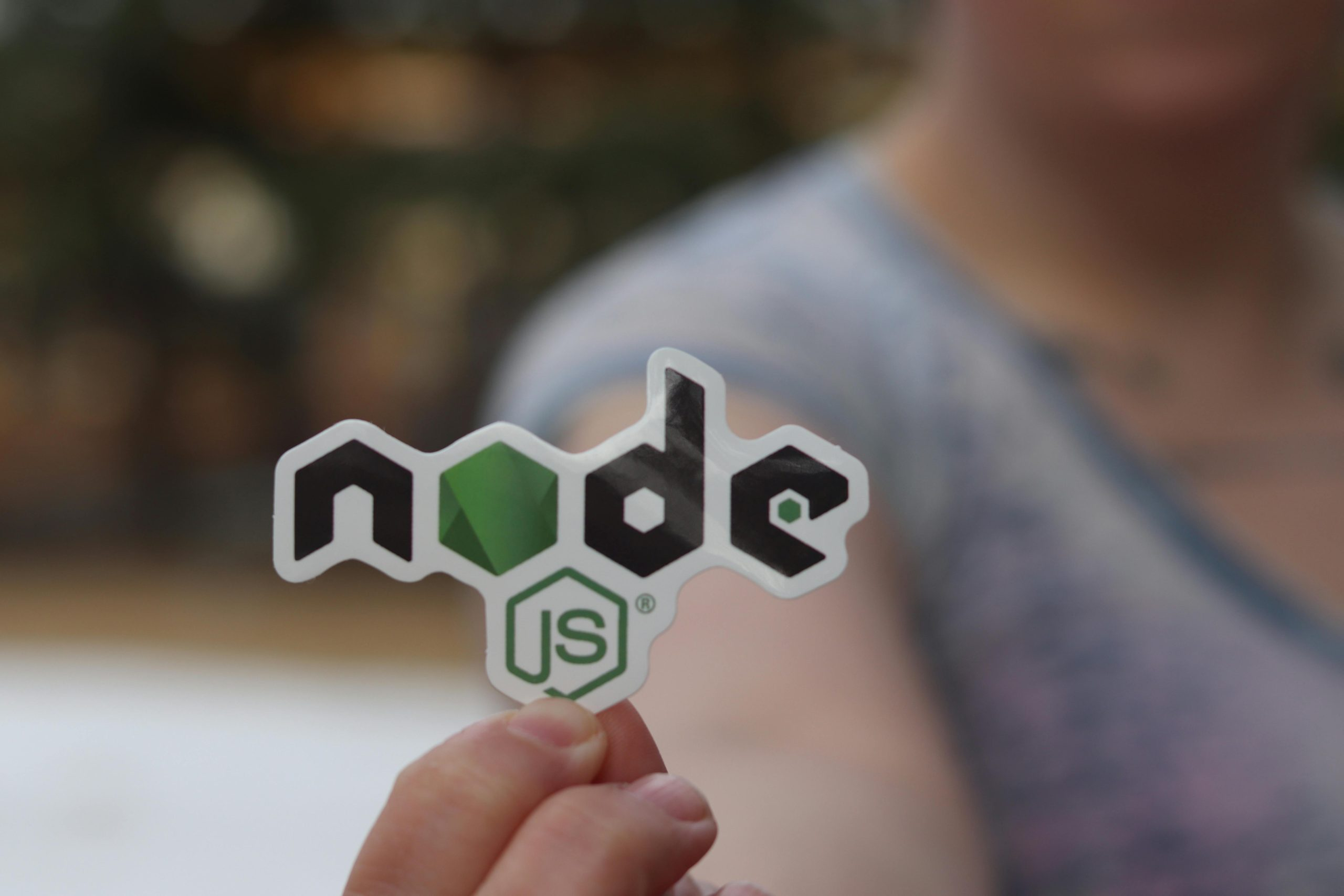Neurodiverse Coding: Programming Languages for Dyslexic Developers
Neurodiversity is a term that is gaining more and more recognition in the tech industry. It refers to the natural variations in the human brain, including differences in the way people think and process information. With this in mind, it’s clear that the field of programming, which requires a high level of cognitive processing, could greatly benefit from a neurodiverse perspective. In particular, dyslexic individuals, who have a different learning experience due to differences in their brain structure, can bring unique strengths and perspectives to coding. In this article, we’ll explore the world of neurodiverse coding and discuss some programming languages that are well-suited for dyslexic developers. Let’s dive in!
The Unique Strengths of Dyslexic Developers
Dyslexia is a learning difference that affects 1 in 10 people worldwide. It is commonly associated with difficulties in reading and spelling, but it also impacts the way individuals perceive and process information. Dyslexic individuals often possess unique strengths, including strong problem-solving abilities, exceptional creativity, and excellent spatial reasoning skills. These skills are highly valuable in the field of programming, as they require the ability to break down complex problems and think outside the box to find solutions.
The Challenges Faced by Dyslexic Programmers
Despite their strengths, dyslexic individuals may face challenges in a traditional coding environment. The traditional method of teaching programming involves a heavy focus on text-based learning, which can be challenging for dyslexic individuals who struggle with reading and writing. This can lead to feelings of frustration and inadequacy, ultimately hindering their learning and career progression.
Programming Languages for Dyslexic Developers
Fortunately, there are programming languages that are more suited for dyslexic developers, as they are designed with a more visual approach to coding. These languages can help dyslexic individuals to better leverage their unique strengths, resulting in a more enjoyable and successful coding experience. Let’s take a closer look at some of these languages.
Scratch
Scratch is a popular programming language developed by the Massachusetts Institute of Technology (MIT). It features a drag-and-drop interface that allows users to create animations, games, and interactive stories without the need for traditional coding syntax. This language is particularly useful for dyslexic individuals as it reduces the barrier of having to process written instructions and improves visual comprehension.
Blockly
Another visual programming language, Blockly, was created by Google and is used for creating web-based games and interactive stories. Like Scratch, it uses a drag-and-drop interface, but with a more block-based approach. This language is ideal for dyslexic individuals, as it simplifies coding concepts and provides a more visual and interactive learning experience.
Ruby
Ruby is a popular high-level, interpreted programming language that is known for its simplicity and readability. Its syntax closely resembles natural language, which can be easier for dyslexic individuals to understand and remember. In addition, its community is known for being welcoming and supportive, making it an excellent language for beginners.
In Conclusion
In recent years, there has been a growing recognition of the unique strengths that neurodiverse individuals bring to the tech industry. As such, there has been a push to create more inclusive environments that embrace neurodiversity and accommodate different learning styles. For dyslexic individuals specifically, choosing the right programming language can make a world of difference in their coding journey. By leveraging languages that embrace visual and interactive learning, dyslexic developers can tap into their strengths and contribute to the world of coding in a meaningful and impactful way. So next time you’re considering a programming language, remember to consider neurodiversity and the incredible potential it holds for innovation and progress in the tech industry.











